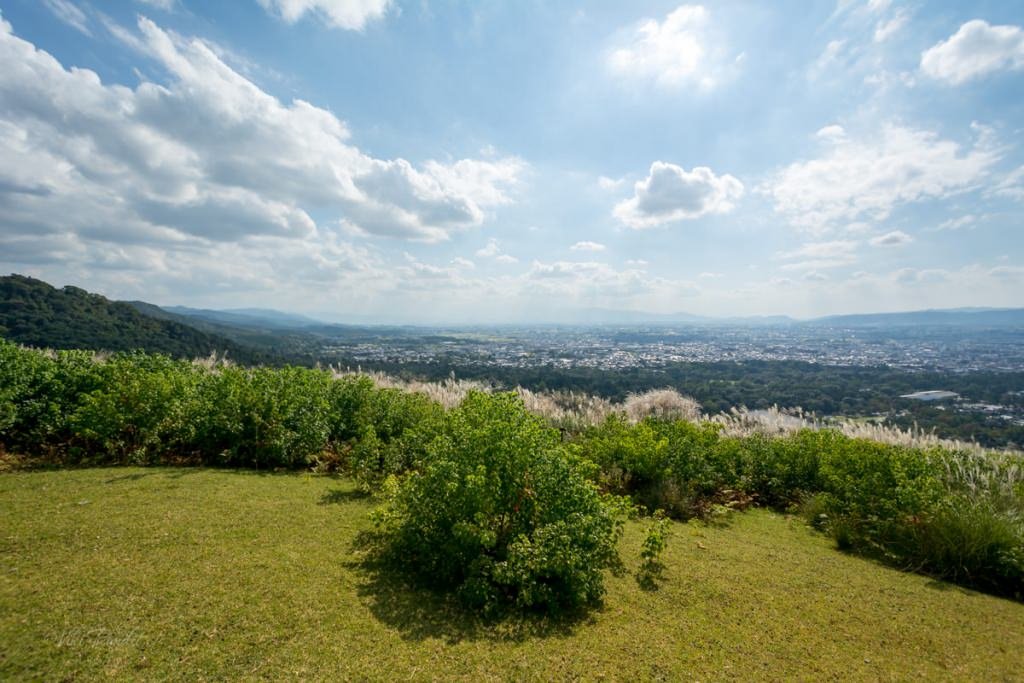

Hike to Mount Wakakusayama
I go on a hike to Mt. Wakakusayama. I lay on the soft green grass at the summit and promise myself to come up again at dusk, one day to catch Nara with its lights.


I go on a hike to Mt. Wakakusayama. I lay on the soft green grass at the summit and promise myself to come up again at dusk, one day to catch Nara with its lights.


Mani’s got classes today, so I ran off by myself to take a closer look at the beautiful temples of Kofuku-ji, some of which are said to be from as early as 700 CE.


The beautifully landscaped and manicured Lodi Gardens along with its magnificent tombs creates a charming atmosphere. The park provides a quite get away from the noisy life in the middle of Delhi. And for those willing to listen, the walls of the tombs, they tell the stories most interesting.


Follow my journey to Pelling, as we search the ruins of the Rabdentse, once upon a time, the seat of Sikkim’s monarchs. The stunning Kanchenjunga, the beautiful landscape and the rich heritage make Pelling a paradise on Earth.


Savandurga Night Trek was one of the most memorable treks I have been to. It is challenging, but also fulfilling and to add to it, the Hill is the largest monolith in all of Asia
Loading more posts...